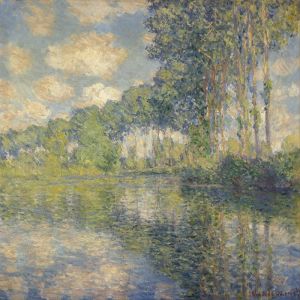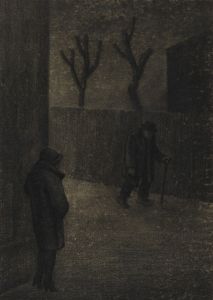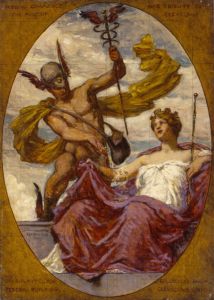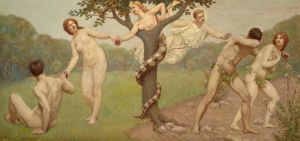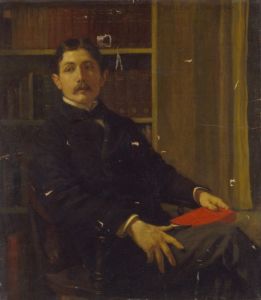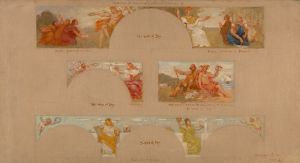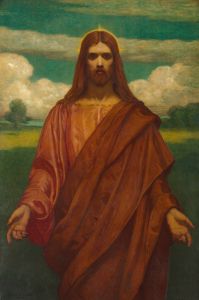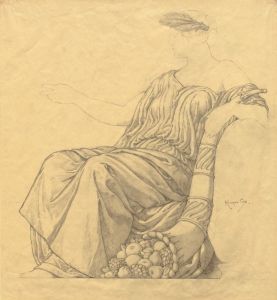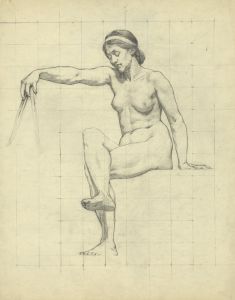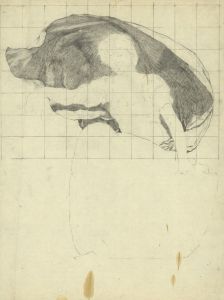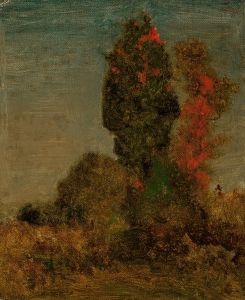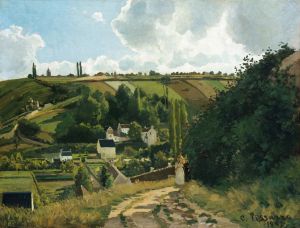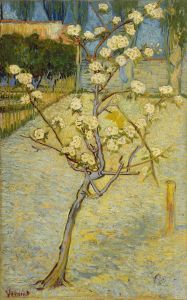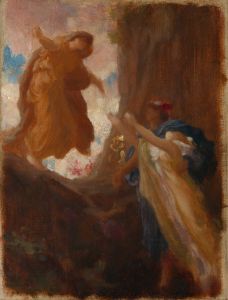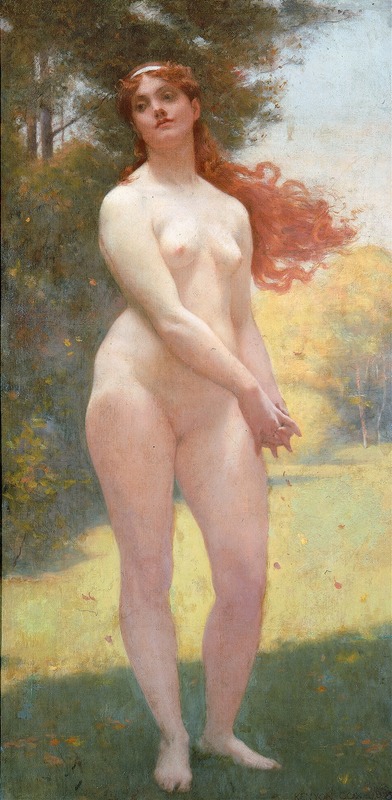
Indian Summer
A hand-painted replica of Kenyon Cox’s masterpiece Indian Summer, meticulously crafted by professional artists to capture the true essence of the original. Each piece is created with museum-quality canvas and rare mineral pigments, carefully painted by experienced artists with delicate brushstrokes and rich, layered colors to perfectly recreate the texture of the original artwork. Unlike machine-printed reproductions, this hand-painted version brings the painting to life, infused with the artist’s emotions and skill in every stroke. Whether for personal collection or home decoration, it instantly elevates the artistic atmosphere of any space.
Kenyon Cox's "Indian Summer" is a notable painting that reflects the artistic style and cultural influences of the late 19th and early 20th centuries in America. Kenyon Cox, an American painter, illustrator, muralist, and writer, was an influential figure in the art world during this period. He was known for his classical approach to painting and his dedication to academic art principles, which were evident in his works.
"Indian Summer" is a representation of Cox's skill in capturing the serene beauty of the American landscape, a theme that was prevalent among artists of his time. The painting is characterized by its warm color palette, which evokes the gentle and nostalgic atmosphere associated with the Indian summer—a period of unseasonably warm, dry weather that occurs in autumn in the Northern Hemisphere. This theme of capturing the transient beauty of nature aligns with the broader American landscape tradition, which sought to depict the unique and diverse environments of the United States.
Cox's training at the Pennsylvania Academy of the Fine Arts and later at the École des Beaux-Arts in Paris influenced his classical style. His education under the tutelage of prominent artists such as Jean-Léon Gérôme instilled in him a strong foundation in drawing and composition, which is evident in "Indian Summer." The painting likely showcases Cox's meticulous attention to detail and his ability to convey mood and atmosphere through careful manipulation of light and color.
Throughout his career, Cox was also a prominent art critic and writer, contributing to the discourse on art and aesthetics of his time. His writings often emphasized the importance of classical techniques and the role of art in moral and cultural education. This perspective is reflected in his paintings, which often embody a sense of order, harmony, and beauty.
"Indian Summer" fits within the broader context of Cox's oeuvre, which includes murals and decorative works for public buildings, as well as portraits and allegorical scenes. His work was part of a larger movement among American artists who sought to establish a national identity through art, drawing inspiration from both European traditions and the American landscape.
While specific details about the provenance or exhibition history of "Indian Summer" may not be widely documented, Cox's reputation as a respected artist and educator suggests that his works were well-regarded during his lifetime. His contributions to American art, both through his paintings and his writings, have left a lasting impact on the field.
In summary, "Indian Summer" by Kenyon Cox is a testament to the artist's classical training and his ability to capture the ephemeral beauty of the natural world. It reflects the broader trends in American art during the late 19th and early 20th centuries, emphasizing the importance of landscape painting in the development of a national artistic identity. Cox's legacy as an artist and critic continues to be recognized for its influence on American art and culture.





